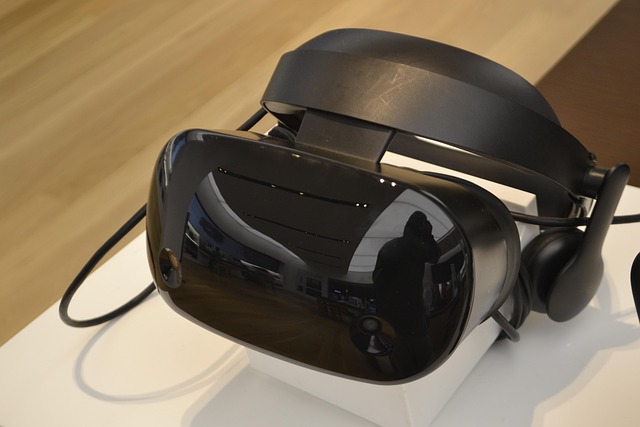Exploring the Future of Gaming with Virtual Objects
The gaming landscape has evolved tremendously over the past decade, captivating players with innovative technologies and immersive experiences. Among these, virtual objects have emerged as a pivotal element, blending the lines between digital and physical worlds. This post delves into how virtual objects, empowered by virtual reality (VR), augmented reality (AR), and the metaverse, are reshaping the future of gaming.
Virtual Reality: Immersing in a New Dimension
Imagine stepping into a game where every detail comes to life around you. Virtual reality offers this unparalleled immersion, transporting players into dynamic worlds where virtual objects feel tangible and real. From wielding a sword to navigating alien landscapes, VR transforms gaming from a mere pastime to an explorative adventure.
As VR technology continues to advance, the quality and interaction with virtual objects will only improve. Game developers are working tirelessly to create environments where players not only see these objects but feel their weight and texture through haptic feedback systems. This level of interactivity fosters a deeper connection to the game, enhancing the overall experience.
Augmented Reality: Blending Real and Digital
While virtual reality immerses players entirely in a digital realm, augmented reality adds layers of virtual objects on top of the real world, creating a unique hybrid experience. The success of games like Pokémon GO illustrates the potential of AR, as it encourages players to explore their surroundings while hunting for virtual creatures.
With AR, players can interact with virtual objects that coexist with the real world, whether it’s battling monsters on their living room floor or solving puzzles in their backyard. As technology progresses, the integration of AR into gaming will deepen, fostering even more engaging gameplay experiences.
The Metaverse: A New Playground
The concept of the metaverse has garnered significant attention, offering a digital universe where players can interact, create, and explore endlessly. Within this expansive landscape, virtual objects play a crucial role in defining experiences and identity. Players can purchase, trade, and display virtual items, blurring the lines between ownership and creativity.
As the metaverse evolves, the possibilities for gaming are boundless. Imagine attending virtual concerts, engaging in real-time multiplayer battles, or crafting your dream world—all filled with personalized virtual objects. The metaverse is not just a trend; it represents the future of social interaction and gaming as we know it.
However, with these advancements comes the responsibility of ensuring that this burgeoning space remains safe, inclusive, and enjoyable for everyone. As developers explore these virtual realms, it’s crucial to address issues of accessibility, moderation, and privacy to build a thriving community.
In summary, virtual objects are pivotal in transforming how we experience games. Through VR, AR, and the metaverse, gamers are on the brink of an unprecedented journey. As we gear up for this exciting future, one thing is clear: the gaming industry is set to break new ground, and passion for virtual worlds will continue to grow.




